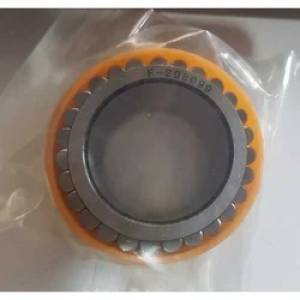
Roller bearings are high-performance mechanical components designed to minimize friction and enable smooth, efficient rotation between two or more moving parts. Unlike ball bearings which utilize spherical elements, roller bearings employ cylindrical, tapered, or needle-shaped rollers to support radial, thrust, or combined loads. This design allows them to handle significantly higher load capacities and operate at higher speeds than their ball bearing counterparts, making them ideal for a wide range of applications.
Key Features and Benefits:
Applications:
Roller bearings find applications across numerous industries, including:
Specifications and Selection:
Selecting the appropriate roller bearing involves considering factors such as:
Contact us today to discuss your specific needs and let our experts help you select the perfect roller bearing for your application.